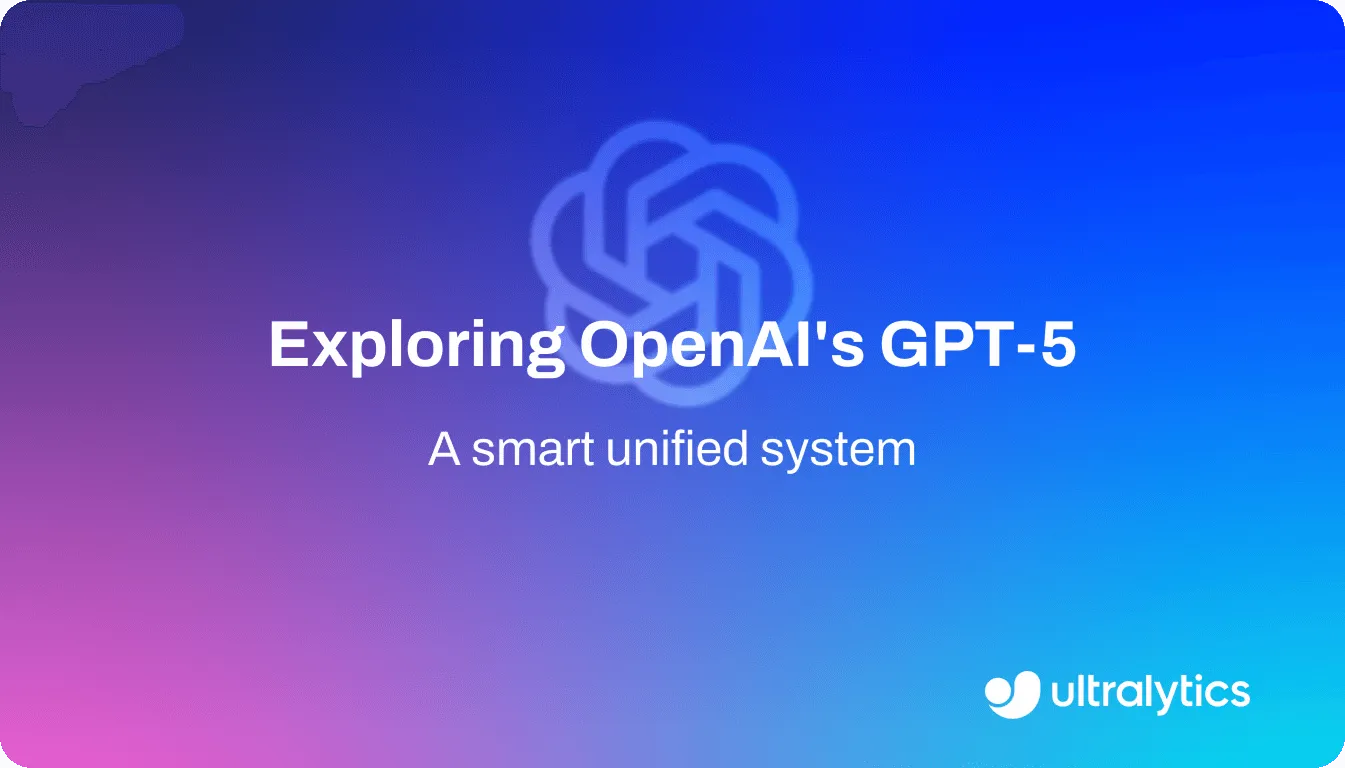Medical Image Analysis
Explore the transformative power of AI-driven Medical Image Analysis for accurate diagnostics, early disease detection, and personalized healthcare solutions.
Medical Image Analysis is a specialized field of computer vision (CV) and artificial intelligence (AI) focused on extracting meaningful information from medical imaging data. This discipline leverages sophisticated algorithms and machine learning models to help healthcare professionals interpret complex scans like X-rays, Computed Tomography (CT), and Magnetic Resonance Imaging (MRI). The primary goal is to enhance diagnostic accuracy, streamline workflows, and enable personalized treatment planning, forming a cornerstone of modern AI in Healthcare. By automating the detection and quantification of abnormalities, these tools act as a powerful aid to radiologists and clinicians, reducing human error and accelerating patient care.
How It Works
The process begins with acquiring digital images, often in formats like DICOM (Digital Imaging and Communications in Medicine), which store both the image and patient metadata. These images are then preprocessed to improve their quality through techniques like noise reduction and normalization. Next, a trained AI model, typically a Convolutional Neural Network (CNN), analyzes the images to perform specific tasks:
- Detection: Identifying the presence and location of anomalies, such as tumors or lesions, often by drawing a bounding box around them.
- Segmentation: Outlining the precise shape and size of an organ or abnormality. Architectures like U-Net are highly effective for this task.
- Classification: Categorizing an image or a region of interest, for example, as malignant or benign.
The model's outputs are then visualized, often by overlaying detections or segmentations directly onto the original scan, providing clinicians with an intuitive and actionable report.
Real-World AI/ML Applications
- Tumor Detection in Brain Scans: Object detection models, including state-of-the-art architectures like Ultralytics YOLO11, can be trained on datasets like the Brain Tumor dataset to identify and locate tumors in MRI scans. By automatically highlighting suspicious regions, these systems help radiologists prioritize cases and focus their attention on critical areas, potentially leading to earlier and more accurate diagnoses. Research published in journals like Radiology: Artificial Intelligence consistently demonstrates the potential of these tools.
- Pulmonary Embolism Detection in CT Scans: Identifying blood clots in the lungs (pulmonary emboli) on CT angiograms is a time-sensitive and challenging task. AI models can analyze hundreds of image slices per patient to flag potential emboli with high accuracy. This serves as a "second reader," improving detection rates and reducing the time to diagnosis, which is critical for a life-threatening condition. The National Institutes of Health (NIH) actively supports research into such applications.






.webp)

